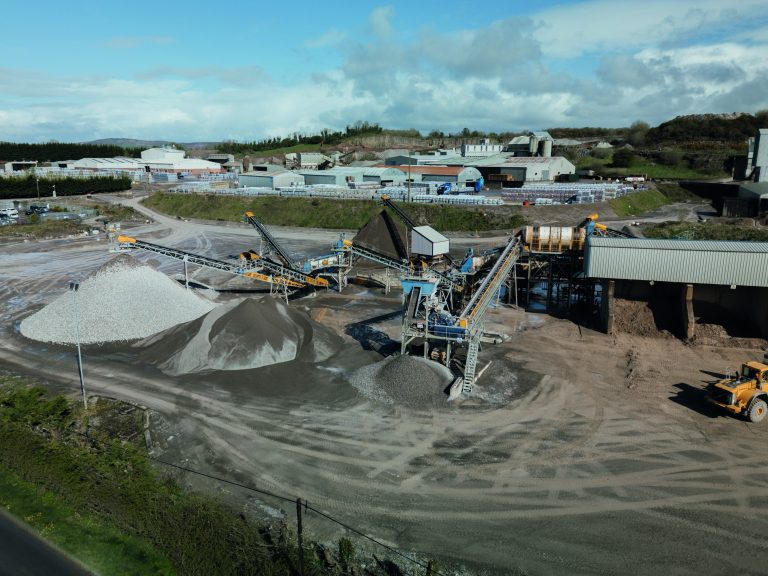The UK has, earlier than expected, completed its key step required for joining CPTPP, Minister for Trade Policy Greg Hands will tell fellow members of the group during a meeting in Arequipa, Peru. Joining CPTPP – which will account for 15% of global GDP with the UK included – means over 99% of current UK goods exports to CPTPP members will be eligible for tariff-free trade. Encompassing 500 million consumers in some of the world’s largest current and future economies, the potential for increased trade is huge. Business and Trade Secretary Kemi Badenoch signed the deal last July to join the Comprehensive and Progressive Agreement for Trans-Pacific Partnership (CPTPP), a modern, ambitious trade pact spanning 12 economies across Asia, the Pacific, and now Europe. Being part of CPTPP will support jobs and economic growth across the country, with every nation and region expected to benefit. Only six economies, in addition to the UK, need to ratify by October for the deal to enter into force by the end of the year. Singapore, Japan, and Chile have already ratified, with other countries in the works. During a two-day visit which kicks off today [17 May], Minister Hands will also welcome the conclusion of negotiations on a Double Taxation Agreement (DTA) which will protect businesses from being taxed twice – once in Peru and again in the UK, or vice versa. Reducing costs and providing certainty, it is a major win for businesses in both countries and will provide opportunities for substantial increases in bilateral trade and investment. Minister for Trade Policy Greg Hands said: “The UK has been racing to get our ratification done because we know how much CPTPP will benefit British businesses, whether through access to new markets or cutting red tape on existing exports. “I’m delighted we were able to bring this forward, ahead of our original July forecast, so we can get the countdown to Entry into Force going as soon as possible.” The UK intends to be an influential member of CPTPP, making its voice heard on all key matters, and is already involved in meetings and discussions with CPTPP Parties on the future of the agreement. Peru, a member of the bloc, is a longstanding trading partner for the UK, with bilateral trade worth £1.8 billion last year. For the construction services sector, including consultancy, design, and project management, joining CPTPP could mean a boost of £119 million to the annual output of the sector in the long run. British construction companies will benefit from flexible rules of origin that allow for UK business to use inputs from CPTPP countries in their exports and still qualify for preferential treatment. Mott MacDonald is an employee-owned engineering, management and development consultancy headquartered in the UK and operating globally, including in all countries covered by the CPTPP. It is a trusted partner on the multi-billion-dollar Sydney Metro rail programme, as well as Singapore’s critical North/South Corridor. Mott MacDonald’s Executive Board Director Ian Galbraith said: “Mott MacDonald is strongly supportive of UK accession to the CPTPP and proud to have been part of the technical board advising the British negotiating team. “The Partnership’s ambitious services and procurement chapters pave the way for greater recognition of professional competence in engineering and architecture and establish open, fair and transparent competition rules in government procurement, allowing world-leading British services firms like Mott MacDonald to win and service new contracts across the many countries covered by the CPTPP”. William Bain, Head of Trade Policy at the British Chambers of Commerce, said: “There are few multi-national trade agreements like this one. The UK’s addition to this bloc will open up new opportunities for both inward and outward investment. “Trade rules will be more favourable for manufacturers looking to sell products to other member countries and data transfers for firms in the services sector will also be more straightforward. “Crucially, it will also give the UK a say in the bloc’s future development, making it a deal that will work for our traders both now and in the future.” Further benefits for the construction industry: · Tariffs will be eliminated on UK exports of all building materials and construction machinery (including diggers, bulldozers, and fork-lifts) to Malaysia. · Tariffs will be eliminated sooner on UK exports of building materials (including bricks and tiles) to Vietnam compared with under the existing UK-Vietnam trade deal . · Simple customs procedures will make trade efficient, consistent, transparent, and predictable. · Companies could benefit from flexible rules of origin that allow for UK business to use inputs from CPTPP countries in their exports and still qualify for preferential treatment. · Modern rules for digital trade mean we can deliver existing construction services better and offer new services that are built on digital foundations. · The procurement chapter in the deal provides greater access to opportunities in government procurement markets in areas like architecture, engineering, and infrastructure. It will create entirely new access for infrastructure opportunities in Brunei and Malaysia. · Commitments on business travel will make it easier for highly skilled business persons in the construction industry to supply services in another CPTPP country. For example, professionals, including engineers, will be able to stay for up to 6 months in Peru and Vietnam to supply specialised services. Background · The UK is announcing ratification of the terms of our agreement to join the CPTPP. · This follows depositing our instrument of accession with New Zealand as depositary earlier this week to accept our Accession Protocol signed last year; the treaty that sets out the terms and conditions of accession of the UK to the CPTPP. · This step follows the Trade (CPTPP) Act receiving Royal Assent in March. Entry into force is expected later this year. Building, Design & Construction Magazine | The Choice of Industry Professionals














